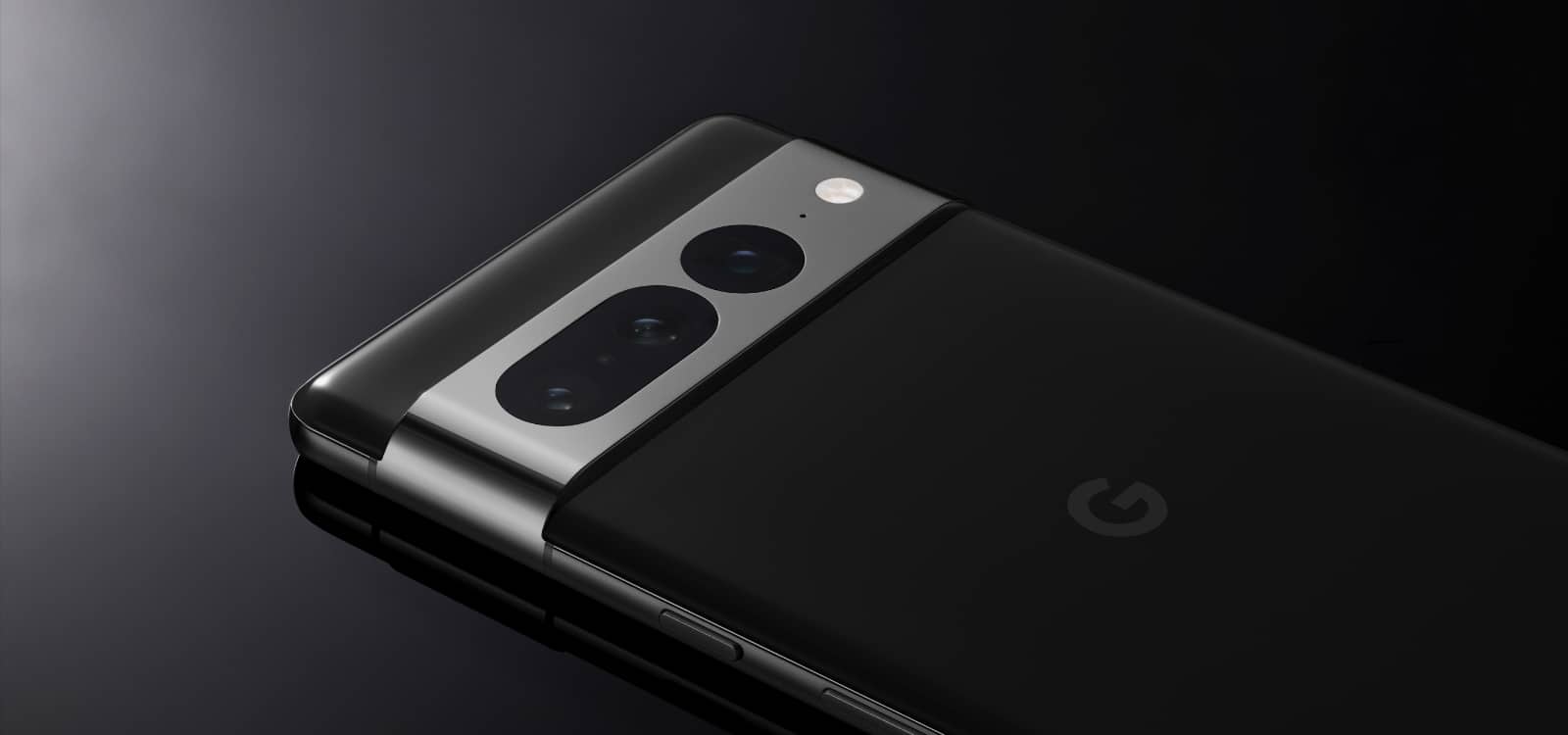The best Androids might have been saved for the end of the year, as Google’s Pixel 7 range comes packing improvements to design and cameras.
While the past month or so has largely been focused on the world of the iPhone, what with the iPhone 14 and iPhone 14 Pro having launched in September, there are still other devices on the way.
As has happened in previous years, October is for Android, or at least for Google, with the launch of new Pixel handsets, something we’ve seen since Google started announcing Pixel phones back in 2016.
This year, we’re up to version 7, as the next models arrive to offer something else, with cameras and design very much at the core of each new model.
Evolving from what we saw last year, the Pixel 7 is an update to the Pixel 6, while the Pixel 7 Pro evolves the Pixel 6 Pro, with similar features seeing some improvements for the ride. So what can Australians expect?
What’s new in the Pixel 7?
First up, there’s the smaller model, the Pixel 7, which is a slight update on the Pixel 6, but with a slightly smaller screen. As such, the 7 drops a full 0.1 inch in screen size, dropping from the 6.4 inch on the Pixel 6 to 6.3 on the Pixel 7. It’ll still see a Full HD+ 2400×1080 panel supporting up to 90Hz, so it’s not a huge change on the surface.
Inside, Google is using a new variations of its Tensor chip, the M2, working alongside 8GB RAM and either 128 or 256GB storage, with no microSD slot to upgrade things, which is the way things were last time.
Also the way things were last time is the camera, which sees a 50 megapixel rear camera with a 12 megapixel ultra-wide, though the front camera is boosted by a new 10.8 megapixel camera.
What’s new in the Pixel 7 Pro?
The bigger model is again slightly more exciting this year, as the Pixel 7 Pro gets a little more going for it.
Google will bring a similar design to a larger body, jumping from 6.3 inches to 6.7, and beefing up pretty much everything.
The larger screen also sees a faster maximum refresh rate, offering between 10Hz and 120Hz, while the screen’s resolution is a Quad HD+ 3120×1440, higher than the Full HD+ on its sibling.
Like we saw on the Pixel 6 Pro, there’s support for two types of 5G on this phone, running both the standard sub-6 and the less common mmWave, making the Pixel 7 Pro the second phone in Australia to support mmWave locally. No one else has come to that table yet, it seems.
Inside, the new Tensor Flow G2 chip will be accompanied by 12GB RAM and a choice of either 128, 256, or 512GB storage, with no microSD storage — as is becoming the case for all premium phones, even on Android — and the build is improved slightly too, seeing a durable design.
The 10.8 megapixel front camera from the Pixel 7 is also here, but so is a new telephoto camera on the back, which will join the same 50 megapixel from last year and a 12 megapixel ultra-wide.
The new camera is a 48 megapixel 5x camera, and it’s one that will be made to work with Google’s wide and ultra-wide cameras in a way that uses smarts and downscaling to blend the results, allowing you to get up to 10x images on the Pixel 7 Pro, even if the lens tops out at 5x optically. It’s a combination of camera tech smarts that could see Google rivalling Samsung’s space zoom, with as much as 30x offered once you venture into the depth of digital zoom.
There’s also support for macro shots on the Pixel 7 Pro ultra-wide, with Google telling Pickr it supports shots as close as 3cm. It appears Google isn’t letting Apple be the only flagship phone maker supporting close-up shots.
Software smarts for both
Both models will offer wireless charging and IP68 water and dust resistance, but there’s also what’s going on inside both phones, with smarts coming from the new chips and Android 13, which arrives on each out of the box.
Regardless of whether you opt for the high-end Pixel 7 Pro or the smaller Pixel 7, both will get some smarts to improve the camera in each, including 10-bit HDR, a cinematic blur video mode to capture videos with a shallow depth of field, and a “Photo Unblur” feature that uses machine learning to sharpen images, even those that happened to move a little too quickly for the phone’s shutter.
Google has also worked to improve its Real Tone algorithms, improving the skin colour in shots of people with darker skin, while its Night Sight image stacking tech for night shots is now even faster than before.
The software smarts go beyond the cameras, too, with improvements from both the chip and software for live voice to text translation, and there’s support for a VPN coming to the Pixel 7 and 7 Pro phones, too. Google Australia tells us this should arrive by the end of the year, providing a little bit of extra security regardless of where you are.
Pricing and availability for the Pixel 7 range in Australia
Both the Pixel 7 and Pixel 7 Pro will be released in Australia, though, priced from $999 for the Pixel 7 with 128GB storage or $1129 for 256GB, expected in mid-October, likely next week.
Meanwhile, the bigger Google Pixel 7 Pro will start at $1299 for 128GB, with availability in mid-October, too, with options for 256GB and 512GB costing $1449 and $1599 respectively.
Powered by RedCircle






